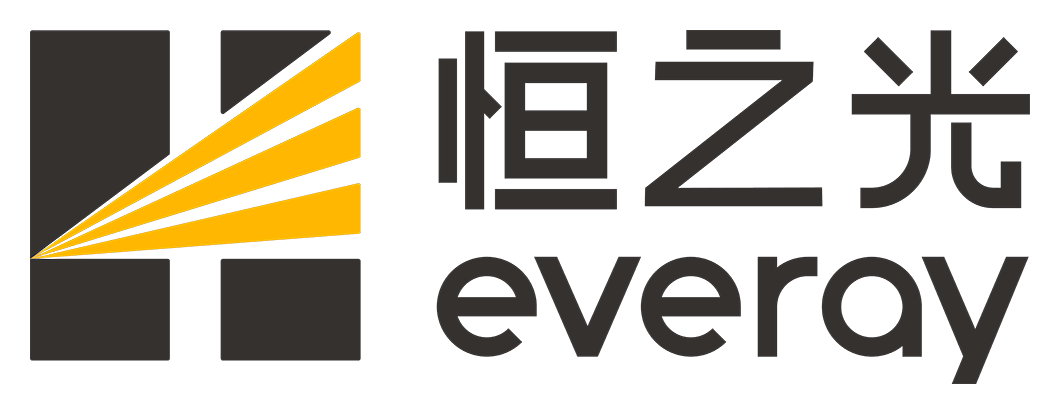How to choose oligomers in UV coating formulations
Release time:
2024-04-12
Oligomer: the oligomer used in light-curing coatings, also known as prepolymer, was translated as oligomer in the early years, with significant characteristics: small molecular weight, characteristic polymerization group, and large viscosity.
The role of oligomers in UV coatings
Oligomer: The oligomer used in light-curing coatings, also known as prepolymer, was translated as oligomer in the early years, with significant characteristics: small molecular weight, characteristic polymerization group, and large viscosity.
It is the main body and skeleton of the light-curing coating (many physical properties of the paint film)
Characteristics of UV curing reactions
UV curing is a polymerization reaction between unsaturated molecules. According to the initiation mechanism of the initiator, there are free radical polymerization and cationic polymerization. But the polymerization that we have studied a lot is free radical polymerization (this lecture is based on free radical polymerization). This structure of the final C-C cross-linking is a rigid cross-linking.
Polymerization mechanism
Free radical polymerization has the following characteristics: rapid reaction, large shrinkage, small change in polymerization degree, and large effect of polymerization inhibitor (0.01-0.1% polymerization inhibitor prevents the reaction).
--The most unfavorable for the coating is shrinkage, according to foreign W.J.Bailey et al., the double bond is not polymerized for a long time, once polymerized, the formation of covalent bonds, the spacing is shortened, causing volume reduction, and the shrinkage of all unsaturated polymerized double bonds is as high as 11%.
Complexity of UV coating formulations
1. There are many types of monomers
2. There are many types of basic oligomers (resins), which are currently divided into unsaturated polyester PE, epoxy EA, polyurethane PUA, polyester PEA, amino group, polyether, silicone, phosphate ester, mixed class, etc. according to the functional groups at the time of synthesis.
A brief introduction to the resins commonly used in UV coatings by function
Hard resin - Tg high
High hardness, good chemical resistance, and fast curing speed in most cases
1. Standard bisphenol class A EA;
2,000. 1.5. yypupuPUA;
3. High-functional amino acrylate;
4. Methacrylate oligomers.
Soft resin — Tg small
Good flexibility, low curing speed, low crosslinking density.
1. Modified epoxy --- epoxy soybean oil acrylate, etc.;
2. Long-chain polyester acrylate;
3. The straight chain structure is divided into PUA with a mass of more than 1200;
4. Partial pure acrylate oligomers
Polar resins
Oligomers containing reactive hydrogen or hydrogen bonds that change polarity or surface tension
1, Phosphate acrylate
2. Silicone oligomers — special
3. Carboxyl acrylate oligomers
Water-based UV oligomers
Emulsion type, water dispersible type, water soluble type
1,聚氨酯类----为主;
2. Epoxy acrylates;
3. Polyester acrylates.
Application of non-crosslinked resins in UV
Auxiliary effects such as filling, improving cross-linking density, increasing adhesion, changing flexibility, and enhancing wettability
1. Long oil alkyd resin;
2. Thermoplastic acrylic resin;
3, aldehyde and ketone resin;
4. Petroleum resin, etc.
How to choose resins for UV coating formulations
Before designing a coating formulation, it should be clear that:
1. The types of coatings in the process of paint construction ---- clear primer, topcoat and color coat;
2. Understand the basic properties of the coated material---- polarity (surface tension), whether there is crystallization, thermoplastic thermosetting;
Choice of primer resin
1. Adhesion requirements: This is the universality of primer resin, and the relatively difficult adhesion mainly includes:
A, The glass ------ choose the combination of methacrylate oligomers and non-film-forming resins and some special polar resins-thiol siloxane systems (but water resistance is an obstacle to the current formulation);
B, metal, distinguish the type of metal, for the adhesion of the metal in the coating industry basic application of destruction cross-linking method, the international common is phosphating treatment. The most common method of UV at present is the combination of phosphate ester and some pure propylene.
C, Plastics (including plasticized paper and other paints), which is a relatively large category and a particularly complex category, mainly because of the complex structure of plastics, different crystalline forms, different surface tensions, relatively difficult BMC, PET, PP, etc. Generally speaking, the use of soft PUA, pure propylene and some non-film-forming resins and polar resins have certain effects, but pay attention to chemical resistance and water resistance.
D, oily wood: at present, it is mainly some hard sandalwood such as clone wood, red sandalwood, green mulberry, large hippopotamus wood and other wood oil adhesion is relatively difficult, to seal the oil There are few pure UV cases on the market, you can first seal it with PU and then do UV adhesion primer. Mainly use some polar resins or monomers and filler resins to do a good job of adhesion.
2. Wettability: For the wetting of pigments and fillers and the wetting of substrates, these are two different functions, because it is not guaranteed that the surface tension of the substrate is just the same as that of pigments and fillers.
A, For the wetting of pigments and fillers, the storage stability of the coating and the transparency of the paint film compatibility can be ensured, such as some PUA, PEA and epoxy soybean oil acrylates.
B, for the wetting of substrates such as amino resin and PEA, the effect is better.
3. Flexibility: It is about sandability and interlayer adhesion.
Standard EA is generally used with some PEA and some monomers to coordinate the flexibility, so as to adjust the grinding and interlayer adhesion.
At present, there are hardened primers in the market that emphasize hardness---- pay attention to the curing of hard resin and the amount of coating made, otherwise it is easy to cause the paint film to burst;
The market also requires the so-called elastic primer---- use more flexible resins, preferably polyester PUA, polyether toughness is not very good, mechanical modulus is not enough.
Choice of topcoat resin
1. Fullness and leveling
To meet this requirement, it is necessary to choose a resin with good compatibility with the monomer, improve the wetting and leveling with the primer, increase the cross-linking degree appropriately, and choose a resin with a higher refractive index.
Generally, PUA and amino resins with high functional groups are used, and standard EA is used as the main resin.
2. Toughness (hardness and wear resistance): There are many inevitable relationships between the properties of these two paint films, but they are not necessarily completely consistent and are treated differently.
Hardness: In addition to the traditional wood coating with 80-120Unm thick paint film and some thick spraying, a large part of the hardness of this situation comes from the paint film itself, and some of the false hardness should attract enough attention, such as substrate, primer, surface feeling, etc., rolling and thin spray is a typical example, you can choose the aforementioned high-level resin can also be improved with some silicone resin or silicon additives.
Abrasion resistance: Generally, PUA is better than others, mainly hydrogen bonds provide some toughness to increase wear resistance. However, the wear resistance of thin coating cannot be solved by resin.
3. Interlayer adhesion
Solve the wetting leveling and resin polarity matching, the adhesion can be solved, and some methacrylate resins can be selected in special cases.
4. Chemical resistance
EA and PUA (polyester) have good chemical resistance, while PE and polyether are worse
5. Resistant to yellowing
It is generally believed that aliphatic PUA, pure polyether acrylate, pure propylene and amino have good yellowing resistance. The first category is everyone's favorite use, but the yellowing resistance is not the best. The latter two categories are the amino groups that are rarely used by everyone because of the shortcomings, but they have the best comprehensive performance of yellow resistance.
6. Matte class
At present, some resins with slightly smaller molecular weight or huge ones are effective, and some polyurethanes are also effective (there is currently a two-functional hardness polyurethane on the market that is competitive).
Social media
Friendship link
Contact informations
Address
Company headquarters: 12th floor, office building b, aoyuan plaza, fengle road, pengjiang district, jiangmen city, guangdong province
Jiangmen factory area: Meidachong nanyang wai industrial zone, muzhou town, xinhui district, jiangmen city, guangdong province
Yunfu factory area: Dawan town dawan industrial park, yunan county, yunfu city, guangdong province
SEO Label | Powered by:www.300.cn Jiangmen


